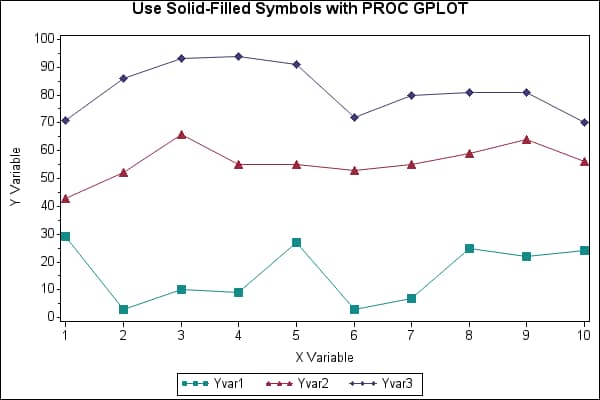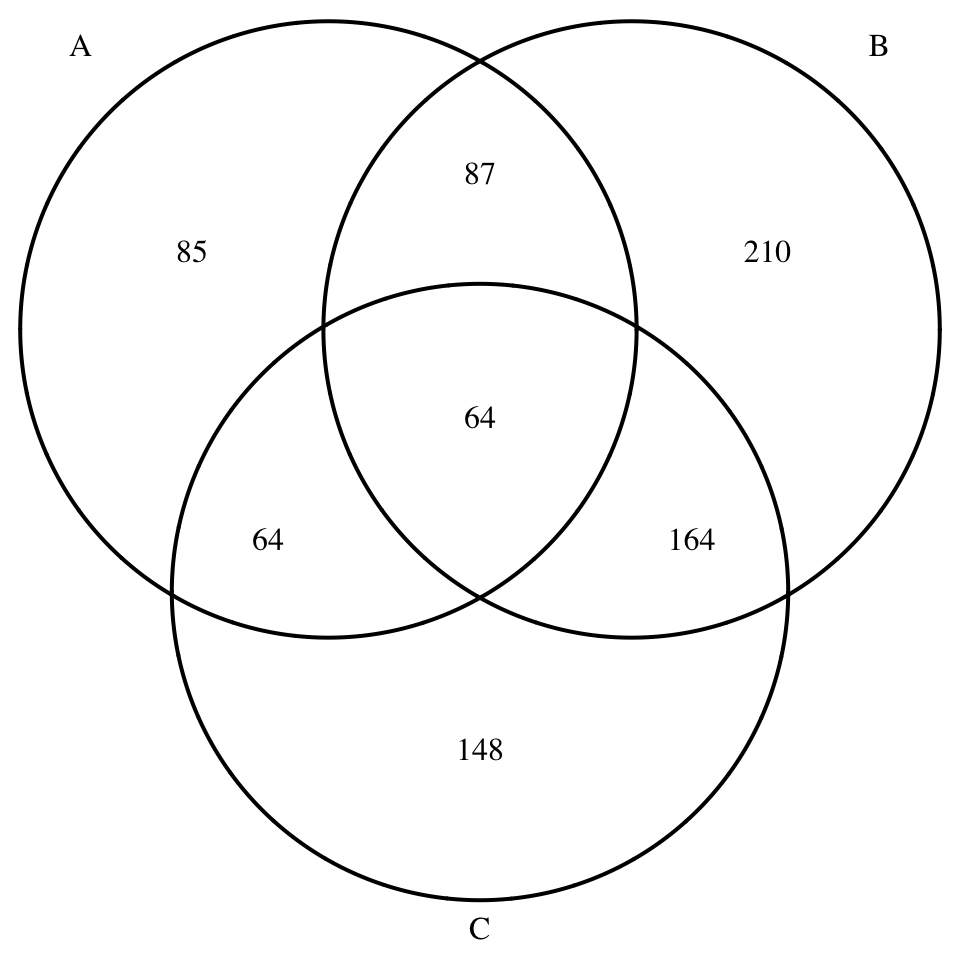Gplots Install
GPlot

Installation type: build C binary from source code using make.Citation: PMID: 19505943. The following tool is installed by downloading a compressed archive using wget, decompressing it using bunzip2, unpacking the archive using tar, and building the source code using make to run compiler commands in the “Makefile” provided with the tool. Box plot with the number of observations: gplots::boxplot2 The function boxplot2in gplots package can be used to create a box plot annotated with the number of observations. Install gplots: install.packages('gplots') Use boxplot2 in gplots.
Sometimes the simplest things can be remarkably difficult to getdone. That was my reaction when I first tried to make a few simple plots.I knew about gnuplot,but it took way too long to make my first useful plot.
- Because ggplot2 isn’t part of the standard distribution of R, you have to download the package from CRAN and install it. The Comprehensive R Archive Network (CRAN) is a network of servers around the world that contain the source code, documentation, and add-on packages for R.
- I am new to 'R' and learning basics. My 'R programme' shows package 'gplots' in the package install list. I tried to load it using 'library' and 'require'. In both the cases command seems to be accepted. But once i start to work on ' gplots', it says function not found. I did the same on PC, it worked but not on my mac laptop.
- 'gplots' packages does not work. I had installed de 'gplots' package and then I loaded the library but the package did not work. I recieved a message like this:.
Perhaps the most frustrating task was trying to do somethingas simple (to me) as 'plot this data with a blue line' or maybe the dauntingly (:-) complex 'plot this data with a blue lineusing triangles for the data points'.Eventually, I figured out one answer was this fragment:
set style line 10 lt 3 lw 1 pt 8 ps 0.55 plot 'my.data' with linespoints linestyle 10Alright, I'm fed up! No more trying to figure out 'lt 3' versus 'lt 5'and 'pt 3' versus 'pt 22'!I just want a simple command I can understand that does what I want:
gplot.pl -color red -point triangle my.data Sure gplot.pl can't handle the five or ten million complexitiesthat gnuplot can -- but I don't care.All I want is a way to plot some simple columnar data andget a graphic or Postscript file of itand I don't want to spend very many seconds figuring it out.If this is what you want too, gplot.pl is for you too.
GPlot is availableat SourceForge.
The latest version of GPlot is 1.11 and requires at least gnuplot 4.4. Every year or two the GNUPLOT folks change the syntax for some commandor make some other change that is incompatible with an older release.GPLOT doesn't use very many GNUPLOT commands, but nonetheless,every few years, GPLOT breaks.Eventually I catch up, but it means the latest version of GPLOTmight not work with your older GNUPLOT.The answer is to get an older GPLOT. Sorry :-(

Introduction
Gplot is a simple Perl script.It accepts a large set of options to generate a single plotof one or more sets of data (overlaid as necessary).The X and Y axis will be scaled automatically.
Install Gplots Library In R

The options are provide in two categories. Most optionsapply to the entire plot (e.g. title) whereas a smallerset can be entered multiple times so that certain valuescan be set for each plot (e.g. color for each plot).This may require careful reading of the options listed below.
Additional information on using gnuplot is available atthese locations (among many others):
Examples
The following examples will give you an idea of whatGplot can do.Take a look at the man page for Gplotfor the complete set of options.In addition, here is the output of the regressiontest and will give you examples of many options.Here are examples of the more common uses.
That should do it. The only file needed is the Perl script, gplot.pl.Copy that somewhere in your path and you should be good to go (assuming you have gnuplot installed).
One last surpise - not all output formats (X window, Postscript etc.)generate something that looks exactly the same. I test with '-type xwin'(the default), but the font and annotation stuff seldom lookslike the final output for something like '-type ps'. That's the way life is with gnuplot - don't let it throw you.
Direct questions to:Terry Gliedt tpg@hps.com(Include 'GPlot' in the subject line so my SPAM filter lets your message through.)
This is free software; you can redistribute it and/or modifyit under the terms of the GNU General Public License as publishedby the Free Software Foundation.See http://www.gnu.org/copyleft/gpl.html
CIPHER requires no manual installation. Just download and unzip the tar file from our GitHub or git clone the repository. The download may be large.
The only required manual software installation on your local computer / cluster are Docker and Nextflow.
By default, CIPHER will run off a Docker container, but this can be optionally turned off by removing the option in the config file. For more information, please read the ‘Nextflow Config File’ documentation.
For Linux:
- We recommend installing Nextflow through the Anaconda package manager.
- Install Nextflow
For macOS:
- We recommend installing Nextflow through the Anaconda package manager.
- Install Nextflow
For Windows:
CIPHER has not been tested on the Windows operating system. However, Windows 10 has introduced the ‘Ubuntu Bash Shell’ sub-system, which potentially can be used to run CIPHER.
Install Ubuntu Bash on your Windows 10 computer. Follow the instructions here: https://www.howtogeek.com/249966/how-to-install-and-use-the-linux-bash-shell-on-windows-10/
- Using the Ubuntu Bash terminal we recommend installing nextflow through the Anaconda package manager.
- Install Nextflow
Installing Docker can be tricky. Because the instructions for correct installation are constantly changing, we provide links to Docker’s official installation process. You’ll want to use Linux’s installation instructions for Windows via the Ubuntu Bash terminal.
Matplotlib Plot Function
For Linux:
For macS:
Some universities may not want to install Docker for security reasons. And others may not want to use Docker at all on their local desktop. This section lists how to manually install all the dependencies for CIPHER.
We recommend using the Anaconda package manager.
For Linux:
- We recommend installing Nextflow through the Anaconda package manager.
- Install bioconda packages
- Install R packages

Install Package Gplots
For macOS:
Install Gplots Conda
- We recommend installing Nextflow through the Anaconda package manager.
- Install bioconda packages
- Install R packages